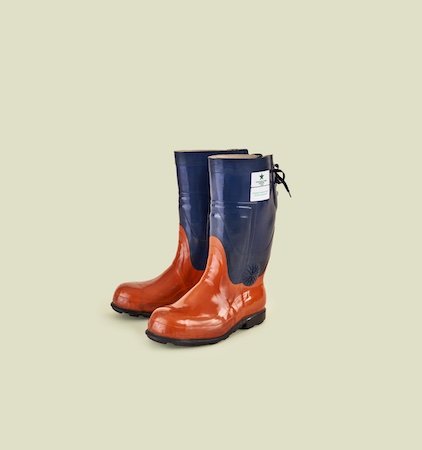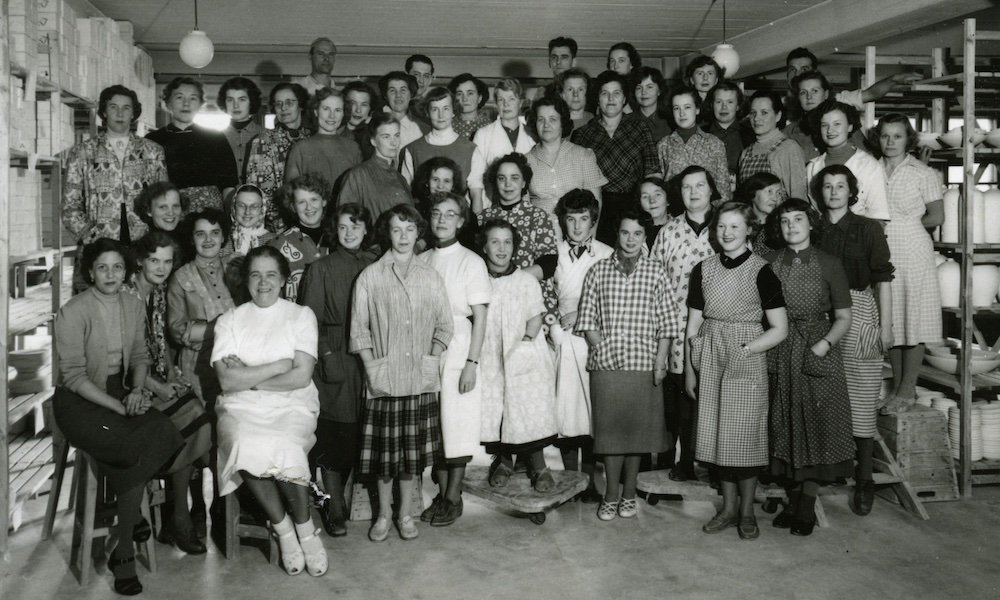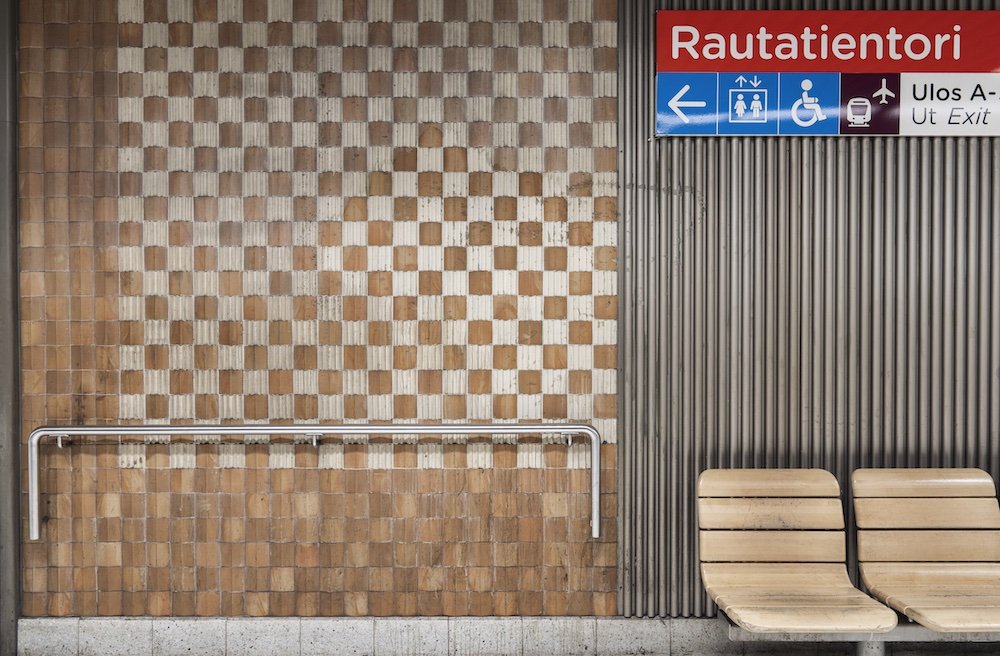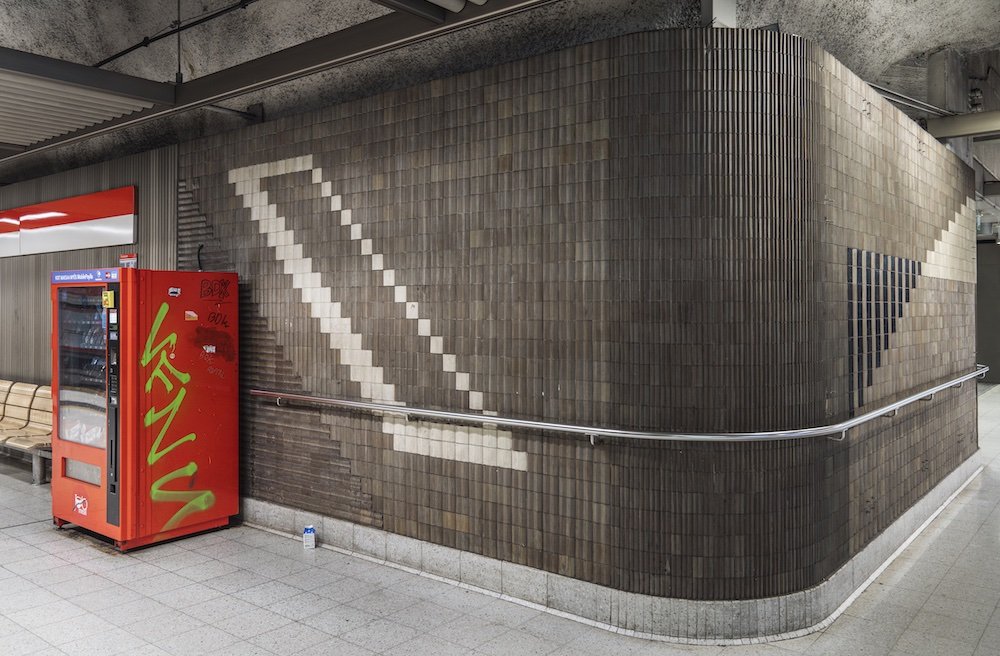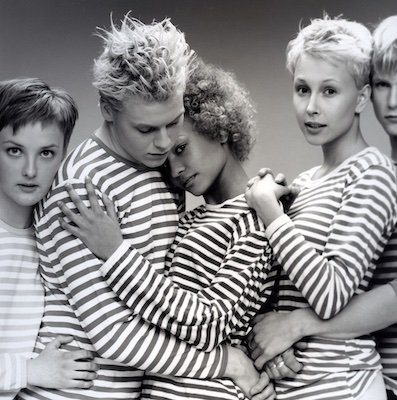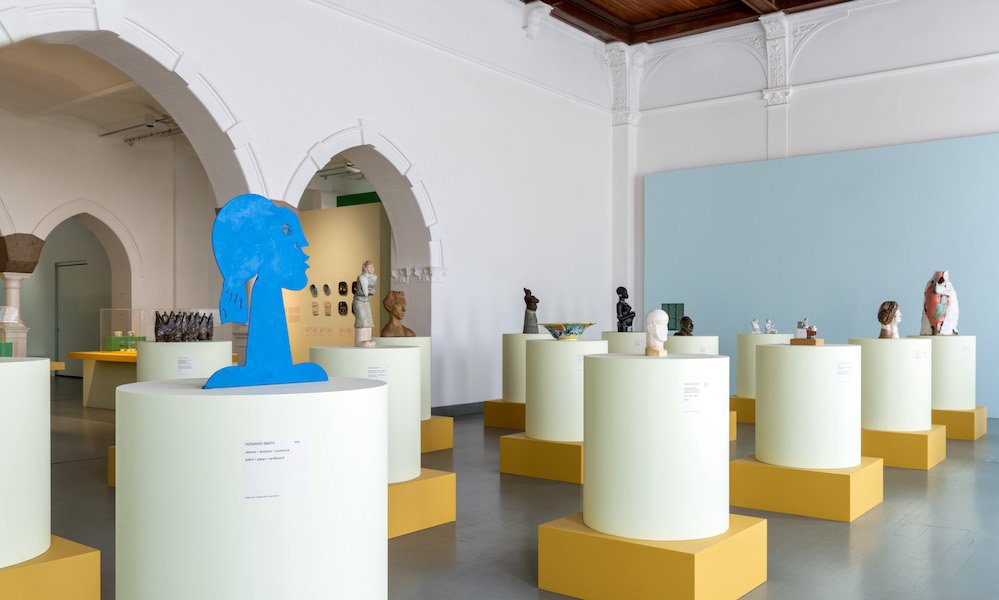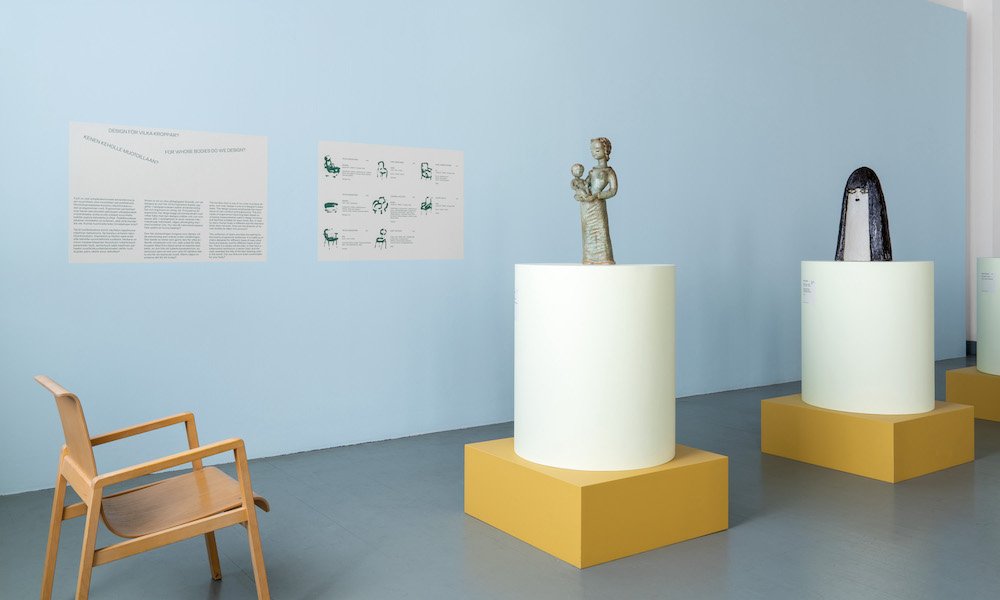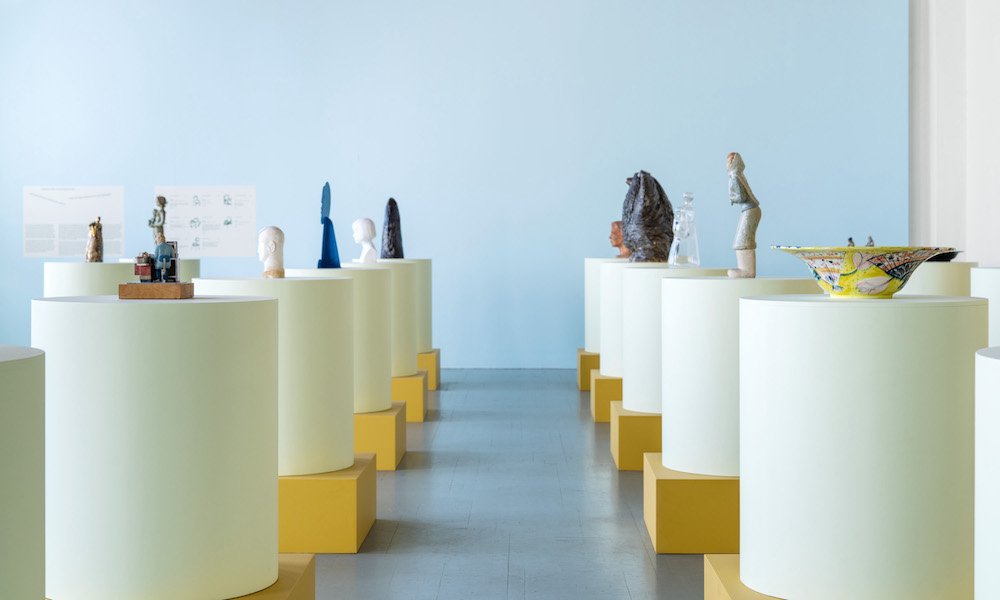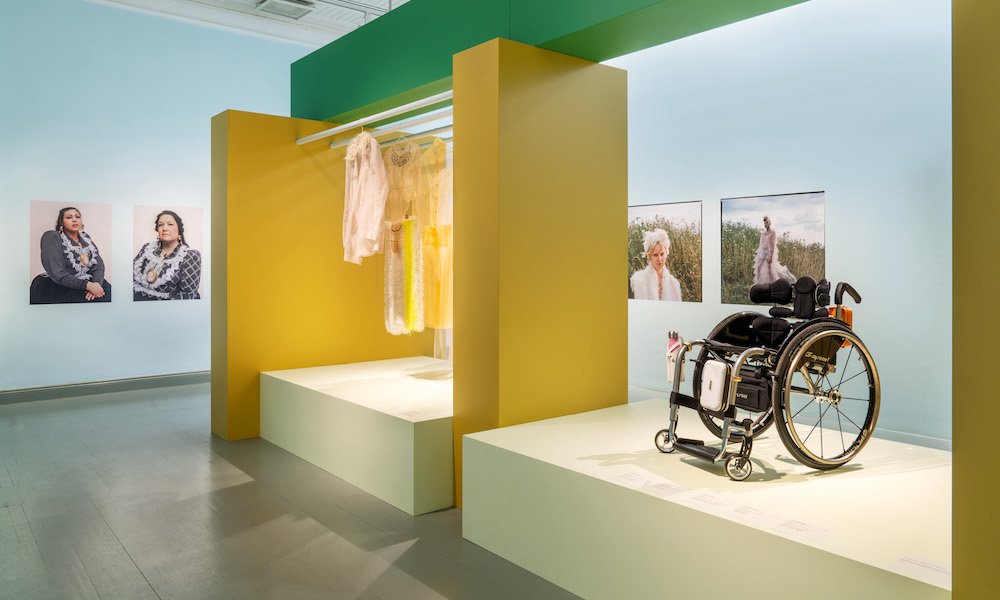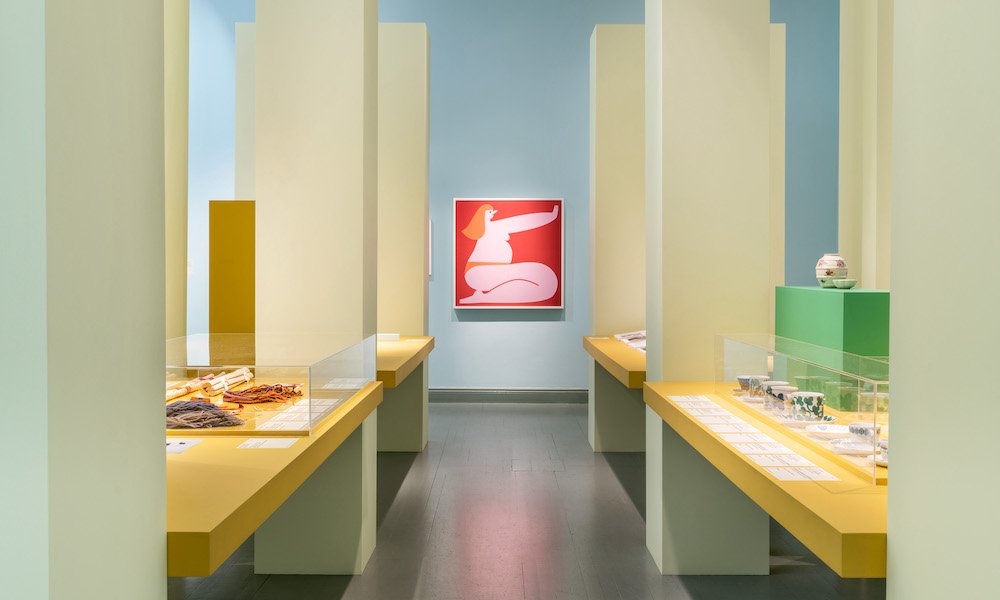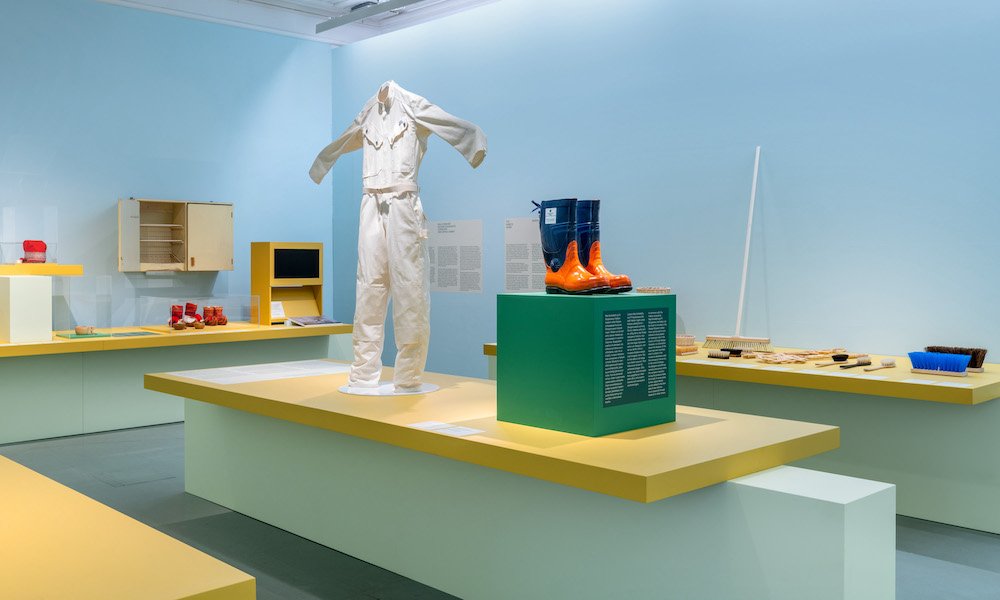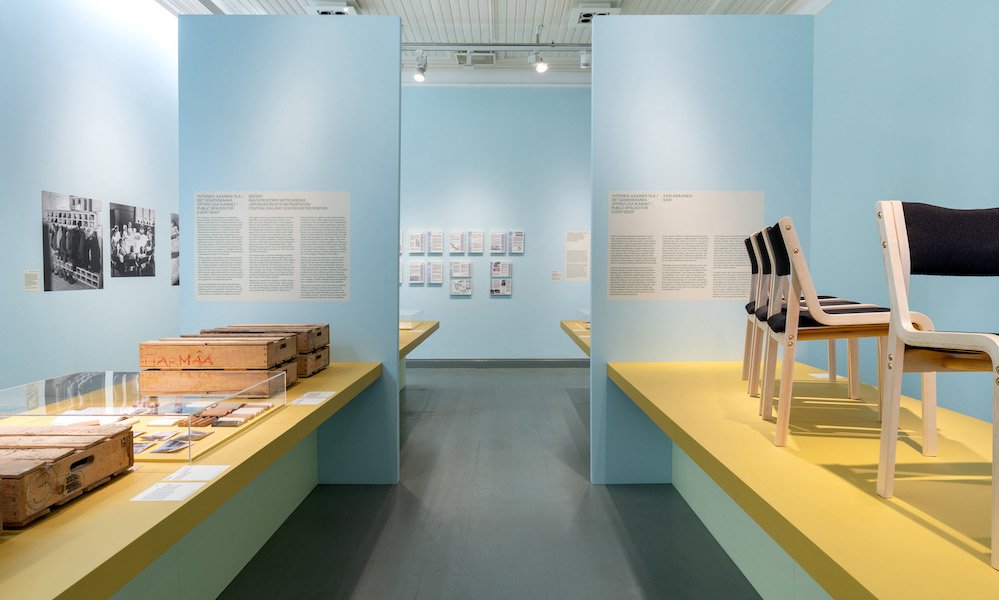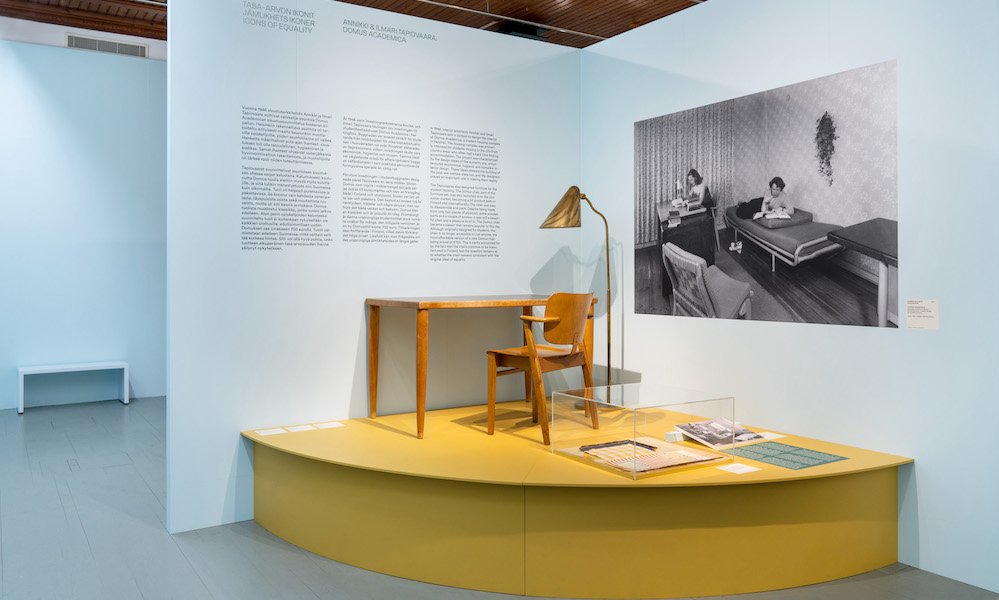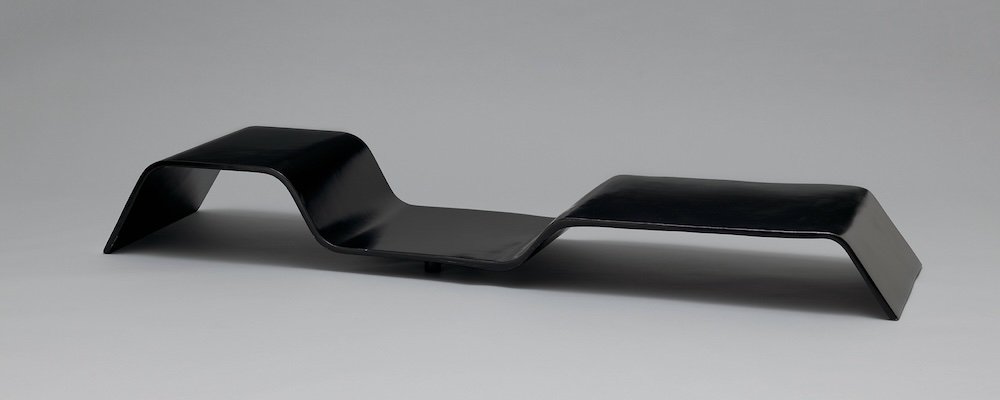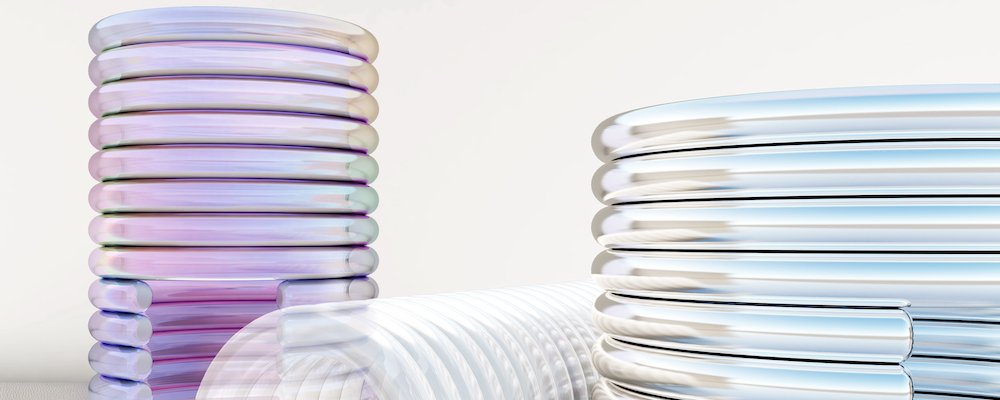Design for Every Body – the interconnection between design & equality
#SummerDesignExhibition
Finland is known for being in the front line of equality, and many of the most iconic Finnish design products were created to increase equality in our daily lives. Helsinki Design Museum’s exhibition takes us on a journey through the ideals of equality in different decades, from building a democratic society to today’s issues, such as representation and individual needs.
“Our understanding of equality changes with the times. Design both reflects these changes and contributes to them,” says curator, design historian Kaisu Savola. “It is not a given in the world of design that people and identities of all kinds are acknowledged equally. Often, designs have been made for an imaginary ideal or an ‘average’ person that barely exists in real life.”
In the 20th century, a key idea in the field of design was that high-quality but inexpensive industrial products could help to improve the daily life of all. A life that is beautiful and good could be available to every body, not just those who could afford it. Many Finnish design classics, like the Kilta tableware set and Aalto stool were products that were designed for the nation.
They focused on practicality, affordability, hygiene and versatility. Kilta, Kaj Franck’s tableware series, is one of the most widely recognised items of Finnish design. As early as the 1940s, Franck expressed his intention to “blow up tableware”, referring to the decorated tableware sets that he found old-fashioned, unappealing and impractical. The Kilta series, on the other hand, was stackable and easy to wash. Its components could be purchased individually instead of having to buy the whole dinner service.
“Franck’s mission was to ensure that everyday life was functional and beautiful for everyone, irrespective of class or individual wealth. However, modernism has been criticised for introducing a sort of tyranny of taste: by favouring form and lines so simple as to be austere, people’s individual needs and wishes were often overlooked.
When designers try to create something that works for everyone, numerous individual needs are overlooked,” Anna Vihma, curator.
At present, the Finnish debate on equality is largely focused around power structures: whose views and experiences should be taken into account? Understanding the importance of representation in the 2020s has diversified not only the working methods of museums but also people who step into the spotlight in the world of design.
Sámi symbols have been productised and commercialised in Finland by outsiders over the course of several decades. The Arctic Indigenous Design Archive (AIDA) project that is featured in the exhibition collects and records the works of duojárs, i.e. Sámi handicraft, artist and design specialists. The duodji skills have been passed on in an oral tradition, and they have not been collected in archives in much extent until today. AIDA also collects materials on the creative processes of the duojárs: experiments, drafts and ideas, biographical information, photographs and press cuttings.
The “Tasaraita” collection, created by Annika Rimala for Marimekko in 1968, was designed to fit every body, regardless of age, gender or size.
The purpose of uniform clothing was to achieve equality: if everyone looked the same, everyone would be equal.
Our understanding of gender has grown since then. Instead of two, opposite sexes, gender is today seen as a variety of different expressions. The Observer/Observed collection by Iiris Kamari consists of forty parts that can be combined and layered in the preferred style of the wearer to build different types of identities
“It is possible to both appreciate the earlier generations’ efforts to achieve equality and to view them critically and demand for change”, Kaisu Savola says: “Individual needs are the equality of today, diversity. Making everyone the same no longer means equality. It is worth remembering that the pursuit of equality is never over.”
‘Design for Every Body’ runs until October 2nd, 2022 at Helsinki Design Museum.
Hero picture: The Arctic Indigenous Design Archive project has managed to capture materials on the life and work of Ilmari Laiti, or Mihku-Ilmár, a North Sámi master duojár, including a photograph of antler-spoon with engravings. Photo: Sámi Archives, Ilmari Laiti, Mihku-Ilmár.


